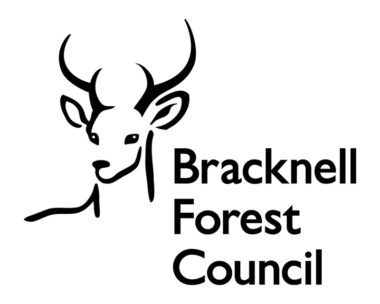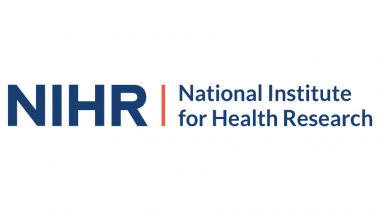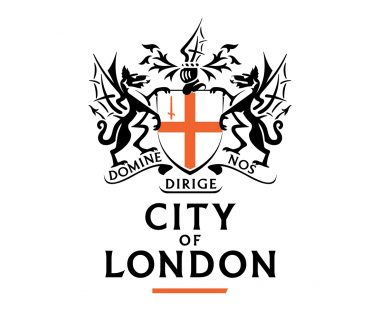Life is like a roller coaster ride and theme parks are certainly full of ups and downs. They offer the great highs of being spun around at speed for thrill-seekers, however, looking at a theme park’s website to discover the lack of assistance that they offer to someone who may need help, or have a disability, can lead to a spiral of low points.
Accessibility Barriers When Navigating a Theme Park
Many theme park corporations are very aware of the need to make the day accessible for all. Often, this involves offering discounts for carers and an armband that helps to avoid queues. An experience which can be very daunting for those with disabilities. This armband does, however, come with a few accessibility issues.
Something that always feels strange to me is that to avoid the queues we are directed through the exit. As you aren’t presented with any signposts on the other side of the exit, to show people where they have come from, it can make navigating your way through a challenge.
Another barrier that this route creates is that whilst you are going through the exit, other people are also exiting at the same time, which leads to a lot of apologies and “excuse-mes”.
Website Features That Cause Online Accessibility Problems
Before going to a theme park, it is always a good idea to have a look at their website for information. Understanding what facilities are available and how to get there can help you plan your day in advance.
Although website accessibility is getting better for people who use assistive technology, like myself who is blind and uses a screen reader, many sites are still inaccessible.
Here is a list of some of the accessibility barriers that I have come across on theme park’s websites:
- Some have continuous music playing, with no control to turn this feature off. This prevented me from being able to hear the screen reader software to navigate through the website.
- Links and graphics were not labelled correctly to describe the ride. These were labelled as ‘ride 1’, ‘ride 2’ etc. instead of providing descriptive hyperlinks or alternative text.
- Whilst attempting to apply for a discount when booking online, at the end of the form I was presented with a visual CAPTCHA. This is when you have to enter the letters presented on the screen, or select certain imagery – these forms are impossible for screen reader users to access.
- It can be difficult to find out information on what services disabled guests are offered. One website only displayed this information on its terms and conditions page. This had little content on the subject and was located at the bottom of the policy.
- Website documents without any headings, present issues for those using a screen reader. Without a heading structure, a screen reader user would have to read the complete document to make sure that they have not missed any vital information.
A Lack of Website Information on Medical and Physical Restrictions on Theme Park Rides
A theme park ride controller has the discretion to deny someone access to a ride. This can be due to medical and physical conditions, or accessibility restrictions on some rides. These can be conditions such as a heart condition or someone who is pregnant; which I am sure that people in these positions would not want to risk going on a ride for.
However, there may be other conditions that may be affected, which have gone unreported on some websites.
I’ve experienced this myself when trying to find out information on which rides had restrictions on them. The information means that when I visit a theme park, I may not be able to go on the rides. Not only does this mean I’ve wasted money but it can also result in embarrassment.
Accessible Websites for Great Days Out
There are some websites that are accessible and make consider everyone’s ability, and enjoyment when going to the theme parks.
If everyone made these simple adjustments it would result in a great day out, screaming in excitement, rather than in frustration.







